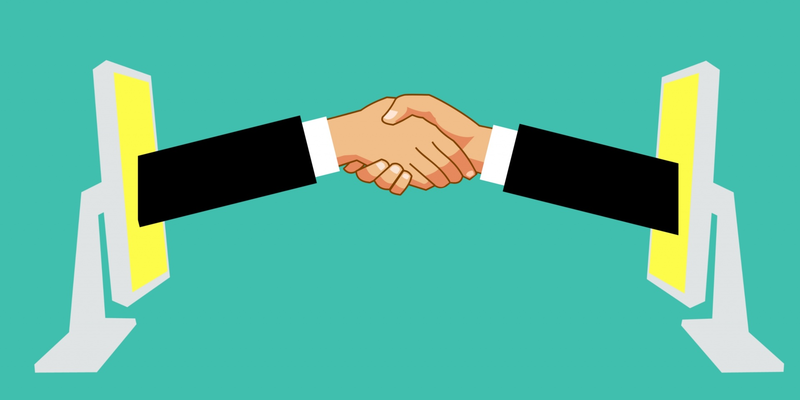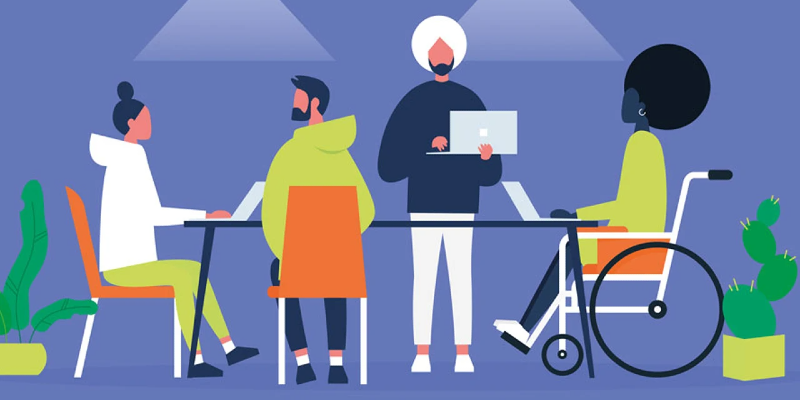Unlocking Efficiency: The Technology and Philosophy Behind Notion's Success

In today’s fast-paced world, productivity tools are more than just software—they are an extension of our cognitive processes, assisting us in managing tasks, organizing thoughts, and streamlining workflows. Among the plethora of options available, Notion stands out as a multifaceted platform that caters to a wide demographic, from individuals seeking to put their personal lives in order to businesses aiming to enhance team collaboration. What sets Notion apart is not just its sleek interface or the array of features it offers but the underlying technology and design philosophy that make it a versatile and powerful productivity tool. This article delves into the unseen technology and thoughtful design behind Notion, unraveling how it solves the productivity puzzle for countless users worldwide.
The Architectural Framework: A Blend of Flexibility and Power
Notion’s architecture is built on a foundation that prioritizes flexibility, allowing users to create and customize their workspace according to their needs. At the heart of this flexibility is a unique block-based system, where each piece of content—be it text, images, databases, or embedded files—is treated as a block. This system empowers users to mix, match, and manipulate data in endless configurations, fostering a creative and dynamic approach to information organization. Moreover, the incorporation of lightweight databases within Notion pages enables users to build complex relational databases without needing technical database management skills. This technology democratizes data handling, making it accessible to a non-technical audience while still offering the depth required by power users.
The Design Philosophy: Simplicity Meets Functionality

Notion’s design philosophy is a testament to the belief that simplicity and functionality can coexist. The system presents a sleek and streamlined design, minimizing distractions to enhance user concentration on their tasks. Yet, beneath its straightforward exterior, it harbors a wealth of features. However, beneath this simplicity lies a deep well of functionality. Notion’s designers have masterfully balanced the tool's powerful features with intuitive design, ensuring that users do not feel overwhelmed. This balance is achieved through thoughtful UI/UX decisions, such as the use of drag-and-drop functionality for organizing content and a universal command system that speeds up the user’s workflow. The platform’s design is user-centric, with a focus on enhancing the user experience through every interaction.
Collaboration and Integration: Connecting the Dots
Notion shines in its ability to facilitate seamless collaboration among users. Real-time synchronization ensures that team members can work on documents simultaneously without worrying about version control. Moreover, the system seamlessly integrates with a variety of other applications, including Google Drive, Slack, and Trello, enabling users to consolidate their work processes in a single location. This interconnectedness enhances productivity by reducing the need to switch between multiple applications.
The Underlying Technologies: A Closer Look

Behind Notion’s user-friendly interface lies a robust stack of technologies. The platform is crafted using a blend of cutting-edge web technologies, incorporating React for the frontend to ensure a fluid and adaptable interface that delights users. On the server side, Notion utilizes technologies like Node.js, ensuring fast and reliable performance across various operations. Furthermore, Notion leverages advanced algorithms for features like search and content organization. Machine learning technologies are also at play, subtly enhancing user experience by predicting user needs and automating routine tasks.
Data Security and Privacy: A Top Priority
In an era where data breaches are not uncommon, Notion places a high emphasis on security and privacy. The system utilizes comprehensive end-to-end encryption for safeguarding data both during transmission and while stored, thereby securing user information from unauthorized access. Regular security audits and compliance with international privacy standards underscore Notion’s commitment to safeguarding user data.
Accessibility and Inclusivity: Making Productivity Universal

Notion’s design philosophy extends to making the platform accessible to users with disabilities. Initiatives to adhere to the Web Content Accessibility Guidelines (WCAG), along with the implementation of keyboard navigation and screen reader compatibility, demonstrate Notion’s dedication towards inclusivity. By ensuring that the platform is accessible to everyone, Notion democratizes productivity, allowing individuals from all walks of life to benefit from its capabilities.
Conclusion
Notion’s success as a productivity tool can be attributed to more than just its comprehensive feature set. It is the unseen technology and thoughtful design philosophy that truly solve the productivity puzzle for its users. By emphasizing adaptability, straightforwardness, and a focus on the user experience, Notion has developed a multifaceted platform that caters to the wide-ranging requirements of its diverse audience. As technology continues to evolve, Notion’s commitment to innovation, security, and accessibility ensures that it will remain at the forefront of productivity solutions, helping individuals and teams achieve their goals with greater ease and efficiency. In the quest for enhanced productivity, Notion stands as a beacon of what is possible when technology and design converge to address real-world needs.









User's Reviews (0)
Your comment is awaiting moderation. We save your draft here
Leave a comment